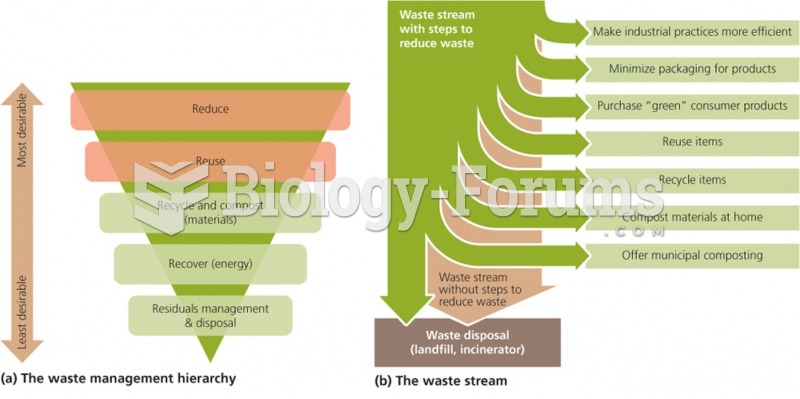Answer to Question 1
Emergency management (EM) is the managerial function that creates the framework
within which communities reduce their vulnerability to hazards and cope with incidents and
disasters.1 The goals of emergency management are to (1) save lives, (2) prevent injuries,
and (3) protect property and the environment. The movement toward relief generally was retarded by early American beliefs that were commonly held in colonial times and beyond. Individualism, self-reliance, and the tenets of the Protestant ethicmeaning people should work hard, have self-discipline, and be thrifty with what they earned or producedgreatly impacted the idea of giving aid to others, even during an emergency. Many people thought that any kind of aid, even in limited quantities would make people dependent and was therefore counterproductive. For nearly 130 years, the federal government insisted that local government was the appropriate responder to disasters and gave it little or no assistance. Once established, civil defense had substantial value to the federal government primarily because one of its missions was supporting and protecting the country from foreign enemies by mobilizing public support. However, civil defense had little regard for providing aid and relief. As it emerged, emergency management (EM) as a whole did not speak the same language. The definitions of terms and concepts varied widely from one state to another as well as from one community to another. Until emergency management achieved some standardization of language, approaches, equipment, and capabilities it had difficulty communicating and operating in a multi-agency environment, which often caused confusion during responses.
Answer to Question 2
c







